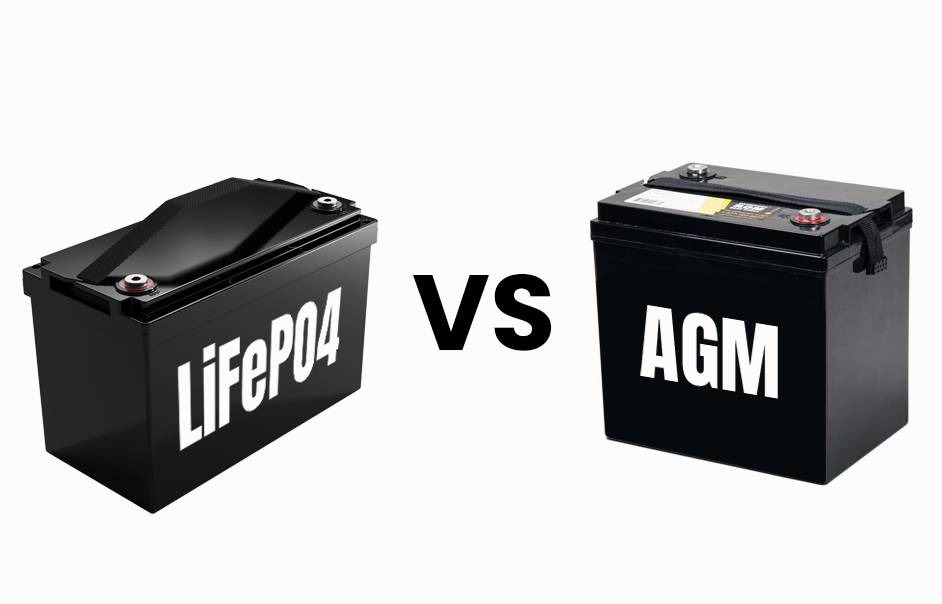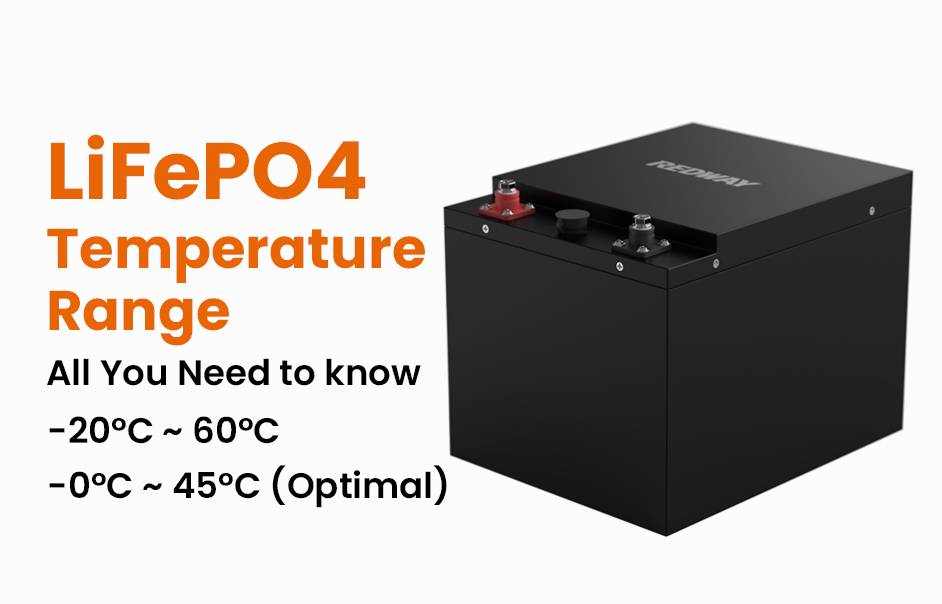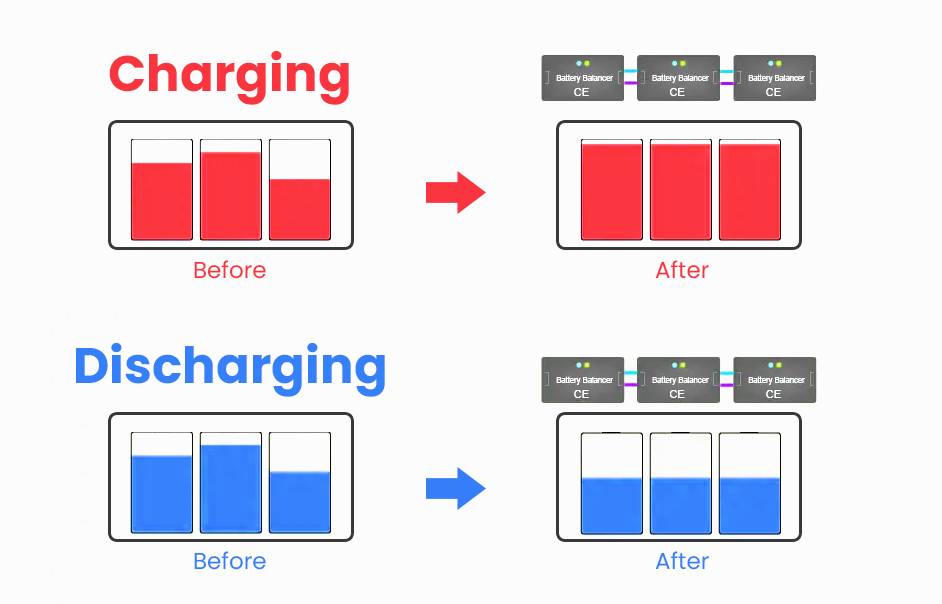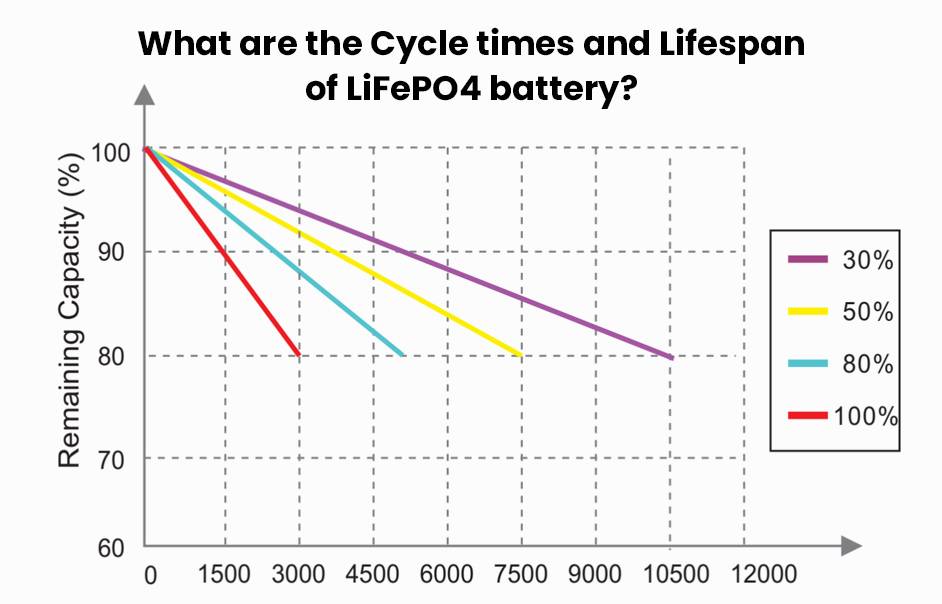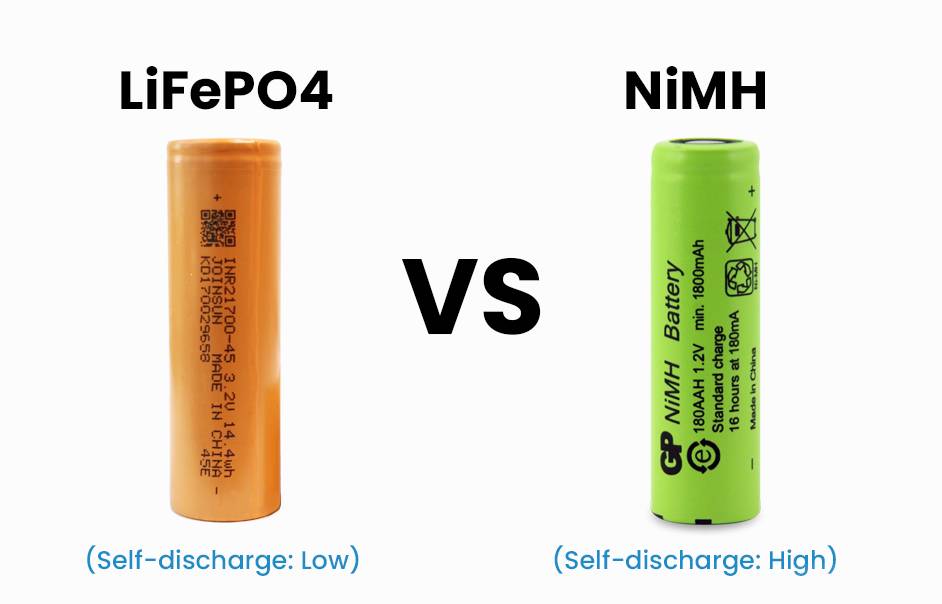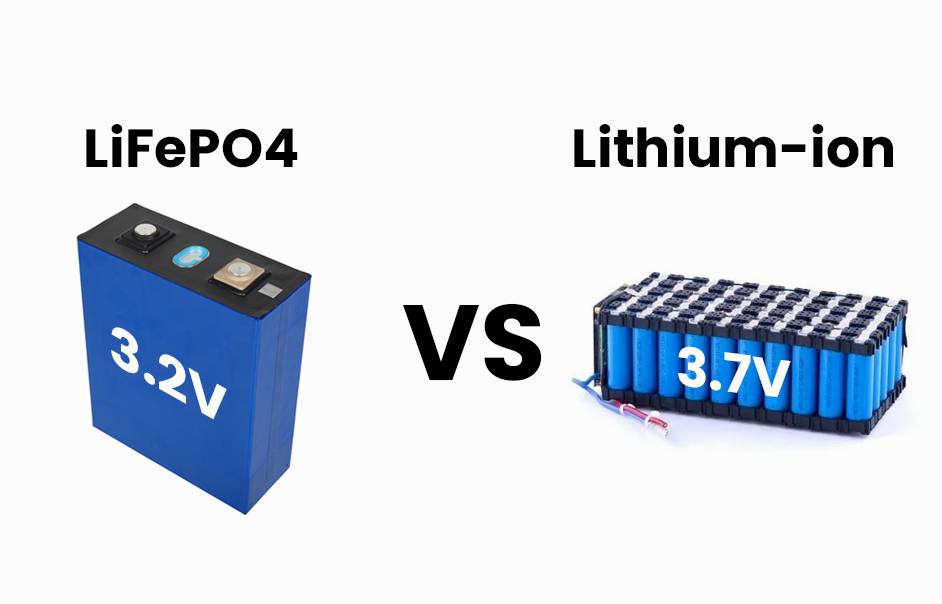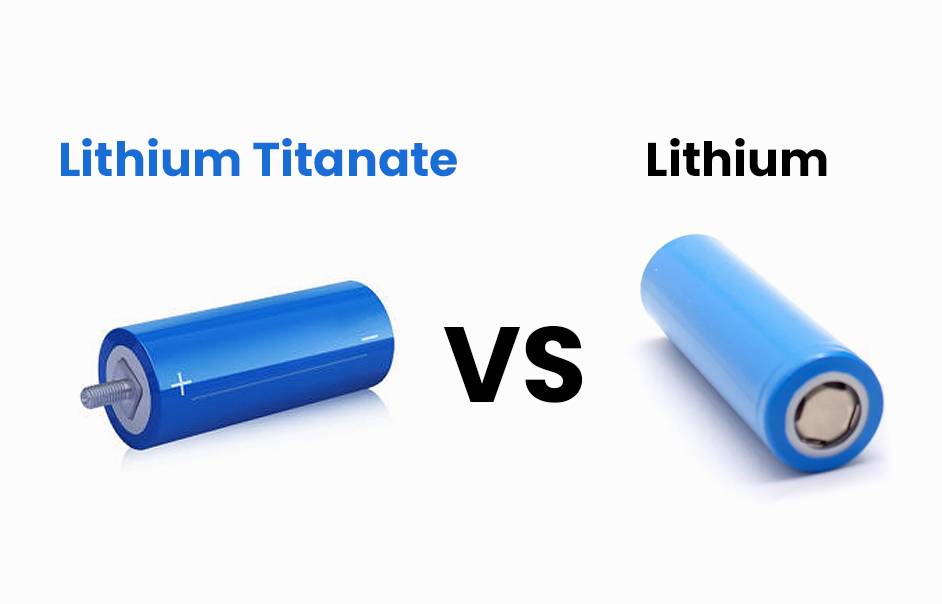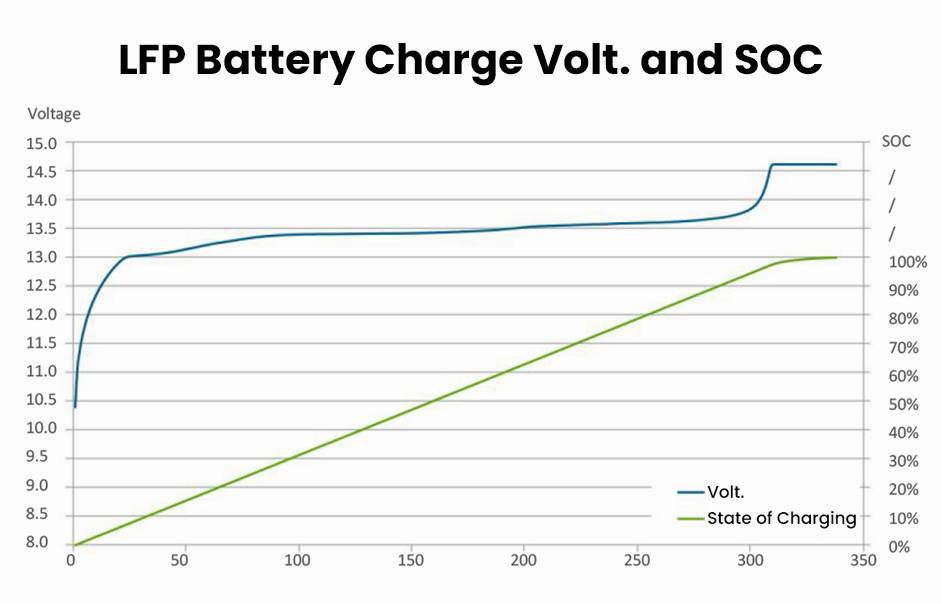- Forklift Lithium Battery
-
48V
- 48V 210Ah
- 48V 300Ah
- 48V 420Ah (949 x 349 x 569 mm)
- 48V 420Ah (950 x 421 x 450 mm)
- 48V 456Ah
- 48V 460Ah (830 x 630 x 590 mm)
- 48V 460Ah (950 x 421 x 450 mm)
- 48V 460Ah (800 x 630 x 600 mm)
- 48V 460Ah (820 x 660 x 470 mm)
- 48V 500Ah
- 48V 560Ah (810 x 630 x 600 mm)
- 48V 560Ah (950 x 592 x 450 mm)
- 48V 600Ah
- 48V 630Ah
-
48V
- Lithium Golf Cart Battery
- 12V Lithium Battery
12V 150Ah Lithium RV Battery
Bluetooth App | BCI Group 31
LiFePO4 Lithium
Discharge Temperature -20°C ~ 65°C
Fast Charger 14.6V 50A
Solar MPPT Charging - 24V Lithium Battery
- 36V Lithium Battery
- 48V Lithium Battery
-
48V LiFePO4 Battery
- 48V 50Ah
- 48V 50Ah (for Golf Carts)
- 48V 60Ah (8D)
- 48V 100Ah (8D)
- 48V 100Ah
- 48V 100Ah (Discharge 100A for Golf Carts)
- 48V 100Ah (Discharge 150A for Golf Carts)
- 48V 100Ah (Discharge 200A for Golf Carts)
- 48V 150Ah (for Golf Carts)
- 48V 160Ah (Discharge 100A for Golf Carts)
- 48V 160Ah (Discharge 160A for Golf Carts)
-
48V LiFePO4 Battery
- 60V Lithium Battery
-
60V LiFePO4 Battery
- 60V 20Ah
- 60V 30Ah
- 60V 50Ah
- 60V 50Ah (Small Size / Side Terminal)
- 60V 100Ah (for Electric Motocycle, Electric Scooter, LSV, AGV)
- 60V 100Ah (for Forklift, AGV, Electric Scooter, Sweeper)
- 60V 150Ah (E-Motocycle / E-Scooter / E-Tricycle / Tour LSV)
- 60V 200Ah (for Forklift, AGV, Electric Scooter, Sweeper)
-
60V LiFePO4 Battery
- 72V~96V Lithium Battery
- Rack-mounted Lithium Battery
- E-Bike Battery
- All-in-One Home-ESS
- Wall-mount Battery ESS
-
Home-ESS Lithium Battery PowerWall
- 24V 100Ah 2.4kWh PW24100-S PowerWall
- 48V 50Ah 2.4kWh PW4850-S PowerWall
- 48V 50Ah 2.56kWh PW5150-S PowerWall
- 48V 100Ah 5.12kWh PW51100-F PowerWall (IP65)
- 48V 100Ah 5.12kWh PW51100-S PowerWall
- 48V 100Ah 5.12kWh PW51100-H PowerWall
- 48V 200Ah 10kWh PW51200-H PowerWall
- 48V 300Ah 15kWh PW51300-H PowerWall
PowerWall 51.2V 100Ah LiFePO4 Lithium Battery
Highly popular in Asia and Eastern Europe.
CE Certification | Home-ESS -
Home-ESS Lithium Battery PowerWall
- Portable Power Stations
Do LiFePO4 Batteries Need to Be Balanced?

Yes, lithium iron phosphate (LiFePO4) batteries need to be balanced to ensure optimal performance and longevity. Balancing helps maintain uniform voltage and charge levels across all cells in a battery pack, preventing issues such as overcharging and undercharging that can degrade battery life.
Do LiFePO4 Batteries Need to Be Balanced?
LiFePO4 batteries require balancing to maintain their efficiency and lifespan. As these batteries are used, individual cells can become unbalanced due to variations in charge and discharge cycles. Without proper balancing, some cells may become overcharged or undercharged, leading to reduced performance and potential safety hazards.
Why Is Balancing Important for LiFePO4 Batteries?
Balancing is crucial for several reasons:
- Performance Optimization: Ensures that all cells operate at their maximum capacity, enhancing overall battery performance.
- Extended Lifespan: Prevents premature aging of individual cells by ensuring they do not experience excessive charge or discharge cycles.
- Safety: Reduces the risk of thermal runaway or other safety issues associated with imbalanced cells.
| Importance | Description |
|---|---|
| Performance Optimization | Maximizes usable capacity |
| Extended Lifespan | Reduces wear on individual cells |
| Safety | Minimizes risks of overheating and failure |
What Are the Methods of Balancing LiFePO4 Batteries?
There are two primary methods for balancing LiFePO4 batteries:
- Top Balancing: This method involves charging all cells to their maximum voltage (typically 3.65 volts) before connecting them in a pack. This ensures that each cell is fully charged, optimizing the charging process.
- Bottom Balancing: In this approach, all cells are discharged to a minimum safe voltage before being connected. This method is better suited for optimizing discharge performance.
| Balancing Method | Description |
|---|---|
| Top Balancing | Cells charged to maximum voltage before connection |
| Bottom Balancing | Cells discharged to minimum safe voltage before connection |
How Does Imbalance Affect Battery Performance?
Imbalance among cells can lead to several performance issues:
- Reduced Capacity: If one cell discharges faster than others, it limits the overall capacity of the battery pack.
- Increased Wear: Cells that are consistently overcharged or undercharged may degrade faster than balanced cells.
- Safety Risks: Unbalanced cells can lead to overheating, which increases the risk of thermal runaway.
What Happens When LiFePO4 Cells Are Not Balanced?
When LiFePO4 cells are not balanced:
- The battery pack may not utilize its full capacity, leading to shorter runtimes.
- Some cells may reach their cut-off voltage sooner than others, causing premature shutdowns.
- Over time, this can lead to permanent damage or reduced lifespan for the entire battery pack.
How Can Active Balancing Improve Battery Lifespan?
Active balancing systems monitor the state of charge of each cell and redistribute energy from higher-charged cells to lower-charged ones during operation. This method improves efficiency by:
- Reducing Energy Loss: Minimizes energy wasted during charging and discharging cycles.
- Maintaining Uniform Cell Voltage: Keeps all cells at similar charge levels, enhancing overall performance and safety.
When Should You Balance Your LiFePO4 Batteries?
You should consider balancing your LiFePO4 batteries when:
- Significant differences in cell voltages are observed during charging or discharging.
- Preparing for long-term storage of the battery pack.
- After any major cycling events where the pack has been heavily used.
Replacement Choices for Lithium-Ion Batteries
For those considering alternatives or replacements, Redway Power offers excellent lithium-ion battery solutions suitable for various applications, including those requiring balancing technologies. These batteries provide enhanced performance and longevity compared to traditional options.
Tips for Battery Wholesale Buyers
When sourcing batteries wholesale or placing OEM orders, consider working with reliable manufacturers like Redway Power, which has over 13 years of experience in lithium battery production. Ensure you verify certifications and quality standards when making your selection.
Redway Power Expert Views
“Balancing is an essential practice for maintaining the health and efficiency of LiFePO4 batteries. By implementing effective balancing methods, users can significantly extend the lifespan and reliability of their battery systems,” states an expert from Redway Power.
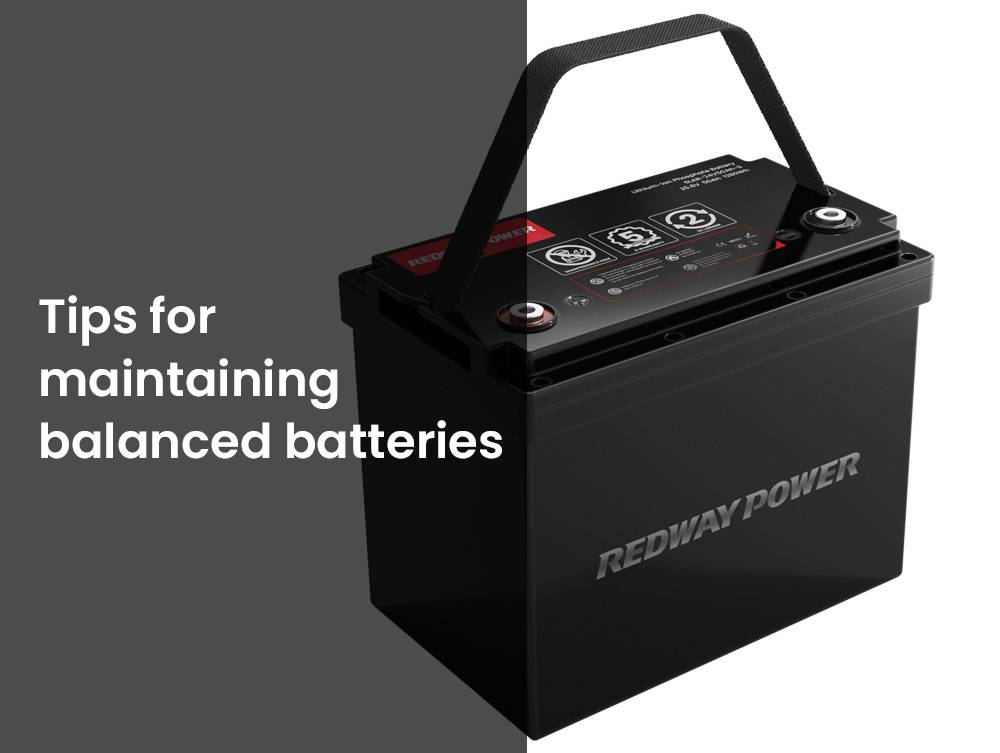
FAQs
What are the steps involved in top balancing a battery?
What are the advantages and disadvantages of passive cell balancing?
Passive cell balancing offers several advantages. It is simple to implement and cost-effective compared to active cell balancing. However, it has limitations such as low thermal management and the inability to address capacity differences between cells. Despite these limitations, passive cell balancing is a popular choice for many battery management systems due to its simplicity and cost-effectiveness.
















